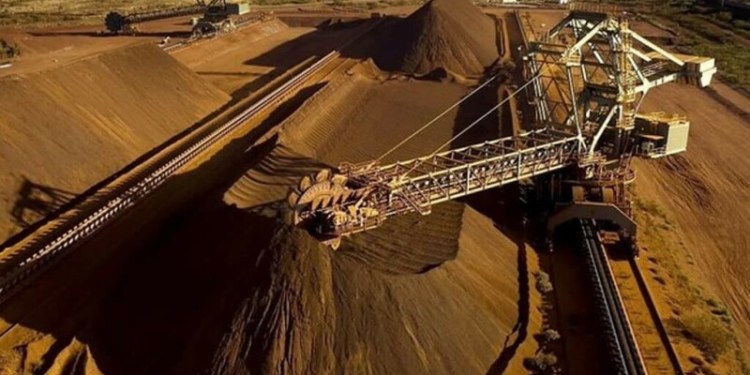“In the North the demonstration pilots were done with the help of the armed forces and the expected growth is satisfactory.”
He was speaking at the Annual General meeting of the Colombo Rubber Traders Association.
A programme has been started to encourage local farmers to grow rubber in these areas after experts found that the climate and soil conditions were favourable for rubber cultivation.
“We have done quite a lot of experiments since 2004 in these regions,” Seneviratne said.
“It took time for us to convince the people in these areas to cultivate rubber as they were used to cash crops and chena cultivation. It had to be shown that growing a perennial crop would give them a steady income to develop their livelihoods.”
Seneviratne says a profit of 25,000 rupees per month can be gained from cultivating a one hectare of rubber in these regions if the price of rubber remains between 300 to 400 rupees.
“Now people have understood the true value of rubber as in the earlier cultivations the income was not steady.”
Sri Lanka’s rubber cultivation has declined drastically, over the last forty years, according to the Sri Lanka Rubber Research Institute (SLRRI).
Seneviratne says that rubber was cultivated in 214,000 hectares in Sri Lanka in the 1970s but it has dropped to 127,000 hectares now.
The main reasons behind the decline have been identified as cultivators shifting to other more profitable crops and unstable prices.
There has also been increased interest in growing palm oil.
Analysts say in Sri Lanka, rulers have imposed import duties on palm oil keeping domestic prices higher than the world, giving artificial incentives for the crop.
Meanwhile export duties have been imposed on rubber, giving farmers prices below the world for the crop and discouraging its cultivation.
Source: lankabusinessonline.com
“In the North the demonstration pilots were done with the help of the armed forces and the expected growth is satisfactory.”
He was speaking at the Annual General meeting of the Colombo Rubber Traders Association.
A programme has been started to encourage local farmers to grow rubber in these areas after experts found that the climate and soil conditions were favourable for rubber cultivation.
“We have done quite a lot of experiments since 2004 in these regions,” Seneviratne said.
“It took time for us to convince the people in these areas to cultivate rubber as they were used to cash crops and chena cultivation. It had to be shown that growing a perennial crop would give them a steady income to develop their livelihoods.”
Seneviratne says a profit of 25,000 rupees per month can be gained from cultivating a one hectare of rubber in these regions if the price of rubber remains between 300 to 400 rupees.
“Now people have understood the true value of rubber as in the earlier cultivations the income was not steady.”
Sri Lanka’s rubber cultivation has declined drastically, over the last forty years, according to the Sri Lanka Rubber Research Institute (SLRRI).
Seneviratne says that rubber was cultivated in 214,000 hectares in Sri Lanka in the 1970s but it has dropped to 127,000 hectares now.
The main reasons behind the decline have been identified as cultivators shifting to other more profitable crops and unstable prices.
There has also been increased interest in growing palm oil.
Analysts say in Sri Lanka, rulers have imposed import duties on palm oil keeping domestic prices higher than the world, giving artificial incentives for the crop.
Meanwhile export duties have been imposed on rubber, giving farmers prices below the world for the crop and discouraging its cultivation.
Source: lankabusinessonline.com




























